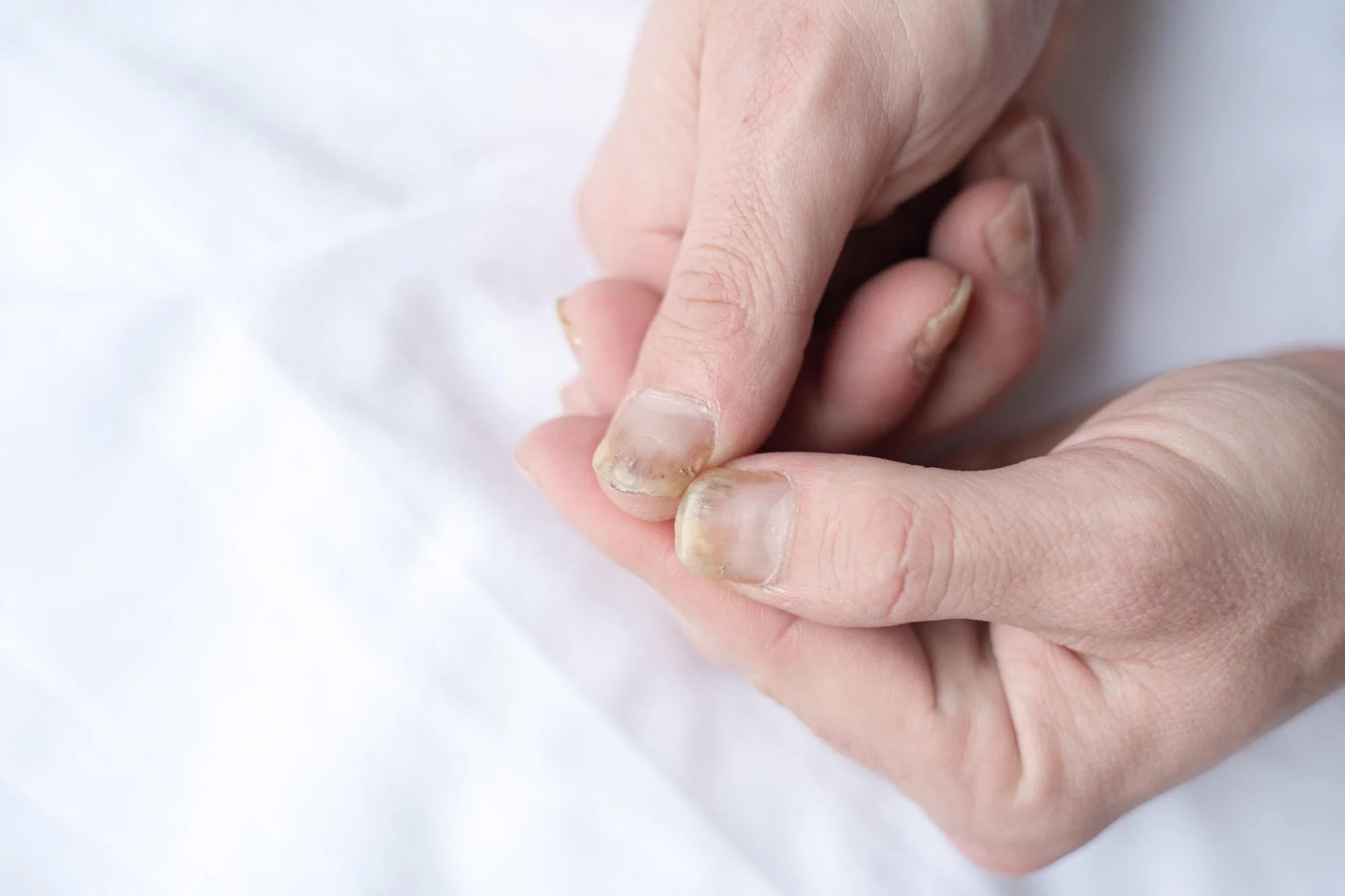Onychomycosis, a common yet challenging fungal infection of the nail plate, continues to affect millions around the globe, as confirmed by the latest research published in the renowned journal ‘Hand Surgery & Rehabilitation’. The paper, titled “Onychomycosis: An Overview of Diagnosis and Management,” was published on January 11, 2024, by Inès Zaraa from the Dermatology Department at Saint Joseph Hospital, Paris, France, and her colleagues Florence Dehavay and Bertrand Richert from Université Libre de Bruxelles, Belgium.
DOI: 10.1016/j.hansur.2024.101638
Introduction to Onychomycosis
Affecting people across various regions and age groups, onychomycosis manifests as a discolored, thickened nail. Risk factors include advanced age, reduced peripheral circulation, diabetes, immunosuppression, and a history of athlete’s foot. The fungal infection is primarily caused by dermatophytes, a type of fungus, and presents in several shapes and forms, making it a polymorphous adversary in dermatological conditions.
Diagnosis of Onychomycosis
Early and accurate diagnosis is critical for effective management. The research underscores the importance of a mycological examination to confirm onychomycosis, as different pathogens could lead to similar symptoms. Subungual debris or nail clippings are examined microscopically or cultured to identify the fungal species involved.
Management Challenges and Strategies
The management of onychomycosis is notoriously difficult, often requiring long-term treatment spanning several months, with a significant risk of the condition recurring despite efforts to contain it. According to Zaraa and colleagues, an individualized approach to treatment, one that takes into account the clinical presentation, severity, and the patient’s medical history and preferences, is imperative for managing onychomycosis effectively.
First-Line Treatment Approaches
The first step in the therapeutic regimen involves debridement – the removal of all infected keratin – to reduce the fungal load. This can be coupled with either systemic or topical antifungal therapies to combat the infection. Systemic treatment options are considered more effective as compared to topical, with the research marking out Terbinafine as the preferable option in cases of dermatophyte-caused onychomycosis due to its low drug interaction profile and cost-effectiveness.
Combination Therapies and Broad-Spectrum Medications
Combining systemic and topical treatments has been shown to improve cure rates. Drugs like Itraconazole and Fluconazole are recognized as effective broad-spectrum antifungals, combatting not just dermatophytes but also yeasts and some non-dermatophyte molds that may cause onychomycosis.
High Recurrence Rates and Prevention Strategies
The study highlights that even after successful treatment, recurrence rates remain high. Preventative steps mentioned include applying prophylactic topical agents and lifestyle modifications such as avoiding walking barefoot in public areas.
Conclusion and Recommendations
This comprehensive overview by Zaraa and colleagues forms a sound basis for understanding the management of onychomycosis. It also sheds light on the potential of individualized care for improving outcomes and reducing recurrence. This is paramount in ensuring patient satisfaction and adherence to treatment plans.
Copyright © 2024. Published by Elsevier Masson SAS.
References
1. Zaraa, I., Dehavay, F., Richert, B. (2024). Onychomycosis: An Overview of Diagnosis and Management. Hand Surgery & Rehabilitation. DOI: 10.1016/j.hansur.2024.101638
2. Gupta, A. K., Daigle, D., & Carviel, J. L. (2015). The efficacy of oral terbinafine in fungal nail infections: A systematic review. Expert Review of Anti-infective Therapy, 13(12), 1-12.
3. Elewski, B. E. (1998). Onychomycosis: Pathogenesis, Diagnosis, and Management. Clinical Microbiology Reviews, 11(3), 415-429.
4. Ghannoum, M. A., & Hajjeh, R. A. (2002). Antifungal Resistance in Dermatophytes: Recent Trends and Future Prospects. Journal of Antimicrobial Chemotherapy, 49(2), 21-26.
5. Thomas, J., Jacobson, G. A., & Narkowicz, C. K. (2010). Toenail Onychomycosis: An Important Global Disease Burden. Journal of Clinical Pharmacy and Therapeutics, 35(5), 497-519.
Keywords
1. Onychomycosis Treatment
2. Fungal Nail Infections
3. Antifungal Therapies
4. Nail Infection Debridement
5. Terbinafine Onychomycosis
The Real Consequences of Onychomycosis
Given the prevalence and recurrence of onychomycosis, patients can expect a journey that is often long and frustrating. The psychosocial impact of the condition can be significant due to the visible deterioration of nail aesthetics, which can lead to lowered self-esteem and embarrassment. Onychomycosis can also lead to physical pain and difficulties with walking or manual tasks, depending on the digits affected. The complexity of the condition necessitates a robust educational framework to help patients understand their condition and the commitment needed to effectively manage it.
Future Directions in Onychomycosis Research
The authors urge ongoing research into novel therapeutic strategies, especially those that target drug resistance. Personalized treatments incorporating pharmacogenomics present a new frontier in managing onychomycosis more effectively. Further, the exploration of preventative measures in at-risk populations, such as athletes and the elderly, is essential for mitigating the widespread nature of this condition.
The paper by Zaraa, Dehavay, and Richert is a crucial addition to the literature on onychomycosis, providing clinical insights and future directions for both research and therapy. As the scientific community works towards more effective treatments and preventive strategies, patients stand to gain the upper hand in battling this stubborn and pervasive condition.
The full text of “Onychomycosis: An Overview of Diagnosis and Management” is available for access at the ‘Hand Surgery & Rehabilitation’ journal website under the DOI provided above. This resource promises to be an indispensable guide for dermatologists, podiatrists, and general practitioners in the quest to control and treat onychomycosis.
